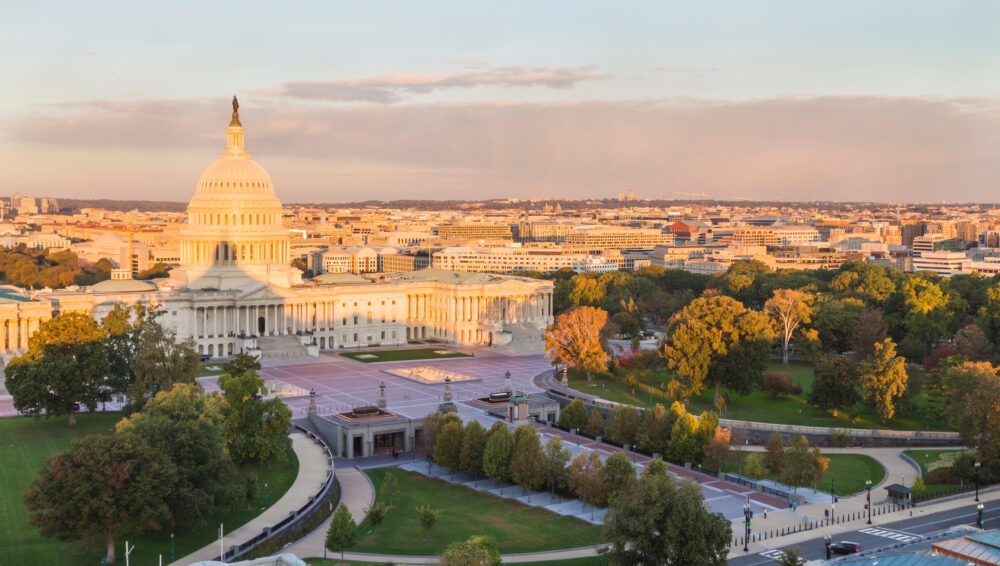
美国国会大厦游客中心
美国华盛顿特区
 Sasaki
Sasaki
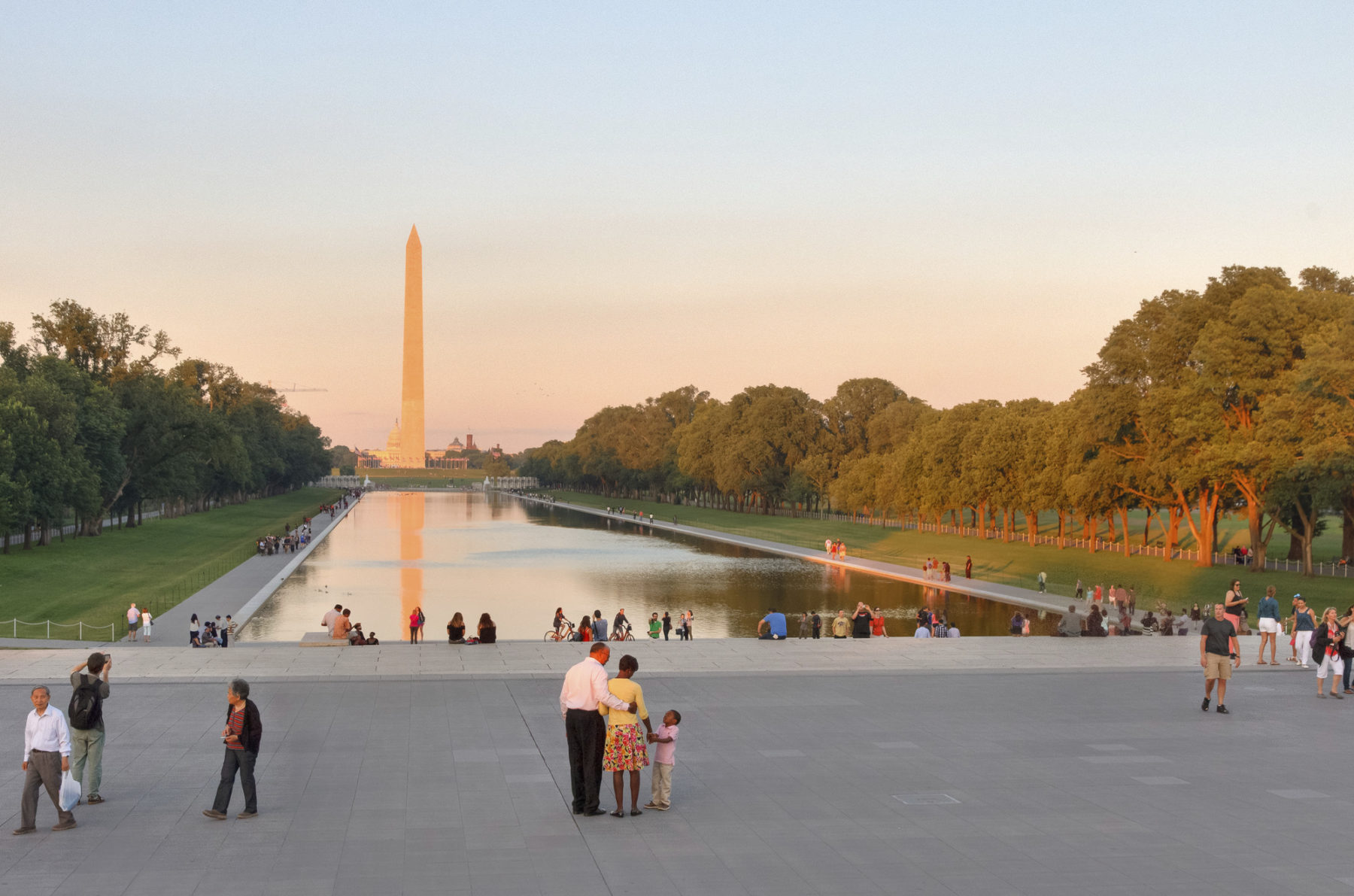
The rehabilitation of this historic landscape meets contemporary needs while preserving the character defining areas of a national landmark
当林肯纪念堂于1922年首次开放时,国家广场在填平的土地上扩展2500英尺向西面波托马克方向延伸, 创造出壮观的全新国家景观。今天,林肯纪念堂与倒影池广场是美国最具标志性的景观之一。
但是,随着21世纪的到来,这处著名的市政景观迎来众多新的挑战。每年超过450万游客的访问量,对基地的使用已经大大超出当初设计的极限,为景观、道路与其它步行区域带来过大负荷。安全保障与通达也同样不能跟上需求。另外,倒影池由饮用水填充,由于结构问题,水的流失使得每年必须重灌2-4次——每次需600万加仑饮用水。国家公园服务找到Sasaki更新并修改景观,以使其满足现代需求并保护国家地标的突出特征。通过整合的方法,Sasaki解决了通达与安全问题,提升了基地的负担能力并成功融合可持续措施。

Through an integrated approach, the design team resolved accessibility and security issues, increased resilience of the site, and incorporated sustainable solutions
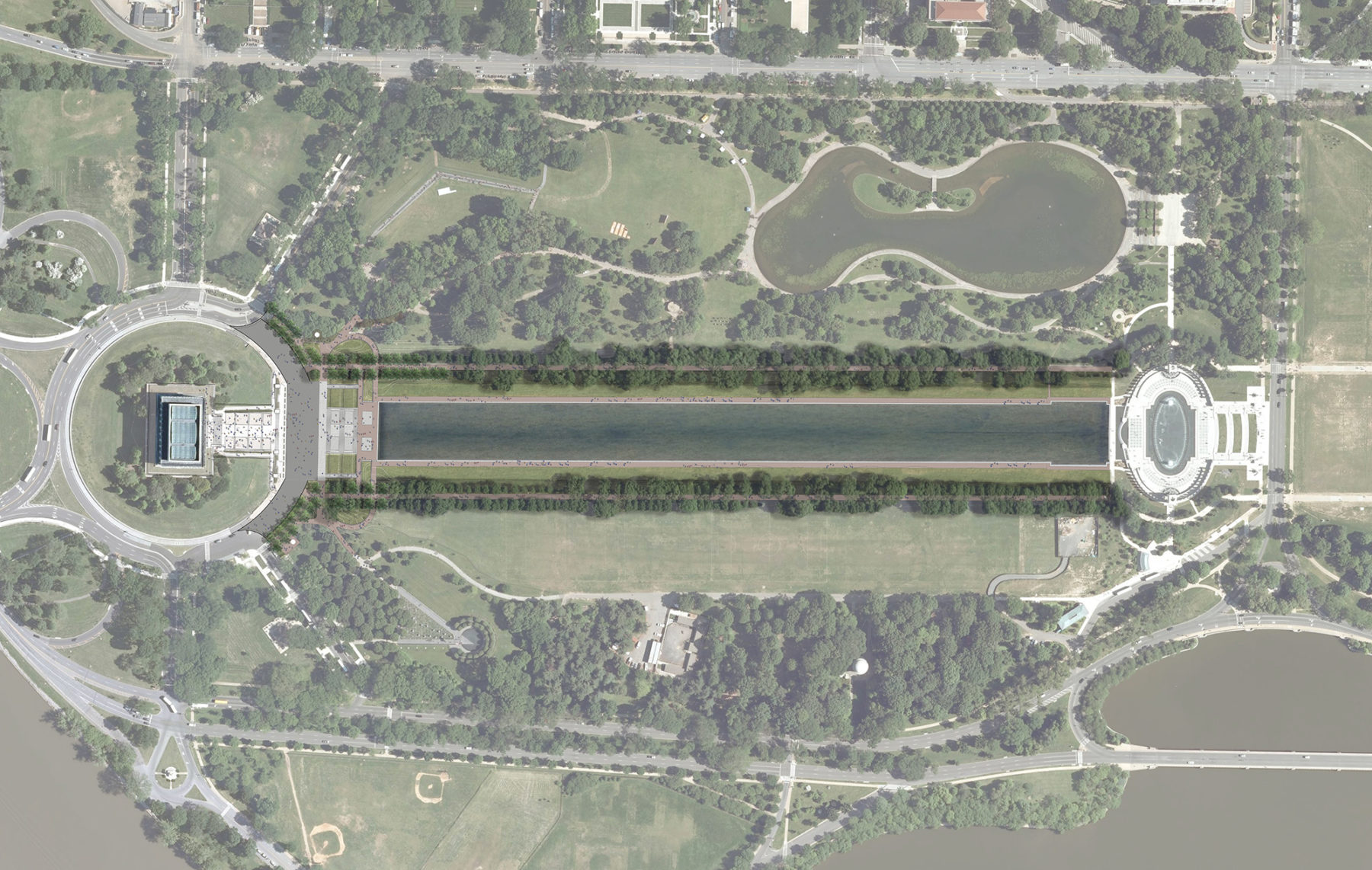
Plan view diagram of the National Mall
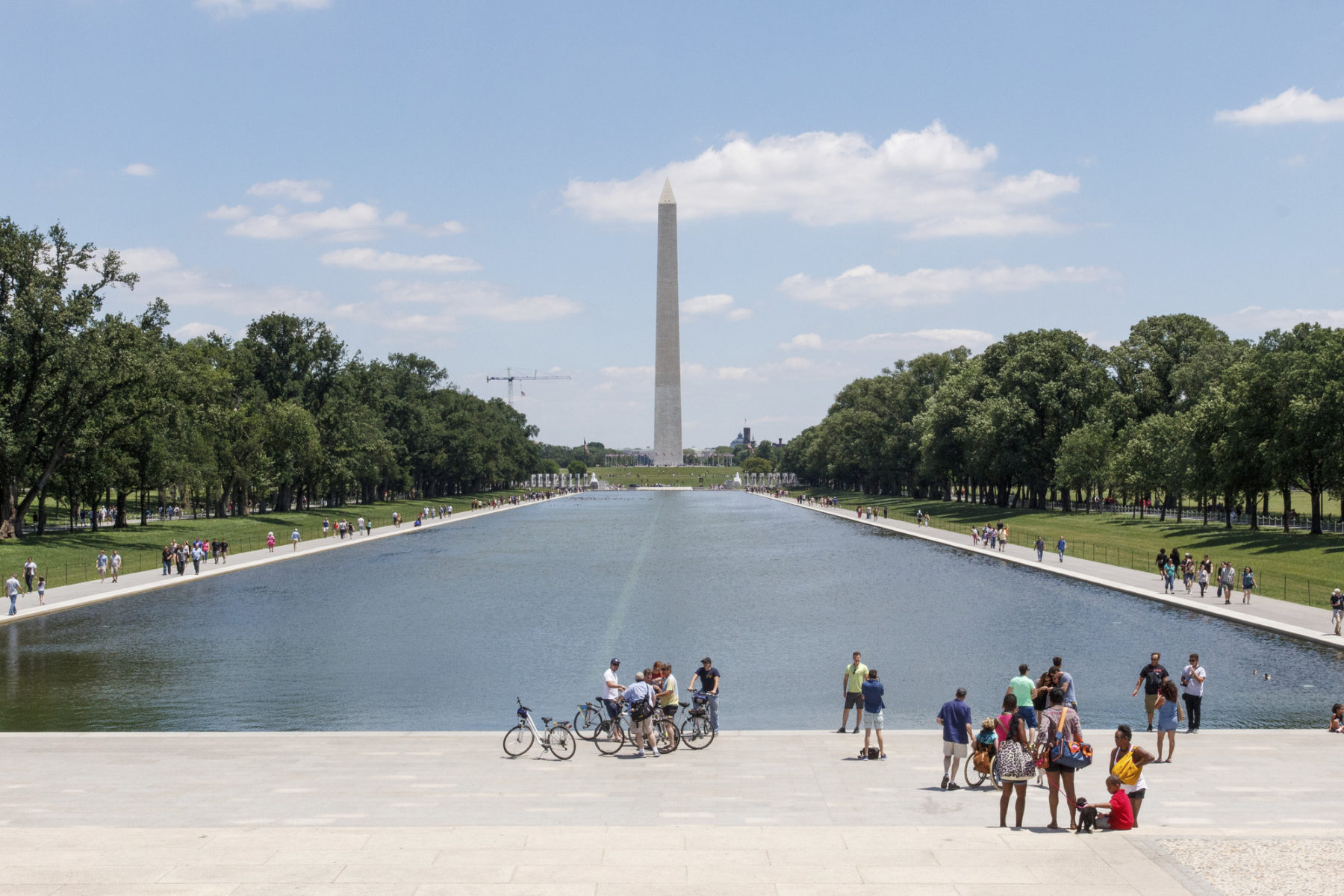
The design addressed security needs for the site while still allowing for over 100 existing bollards to be removed from the axial view from the Lincoln Memorial to the Reflecting Pool and Washington Monument
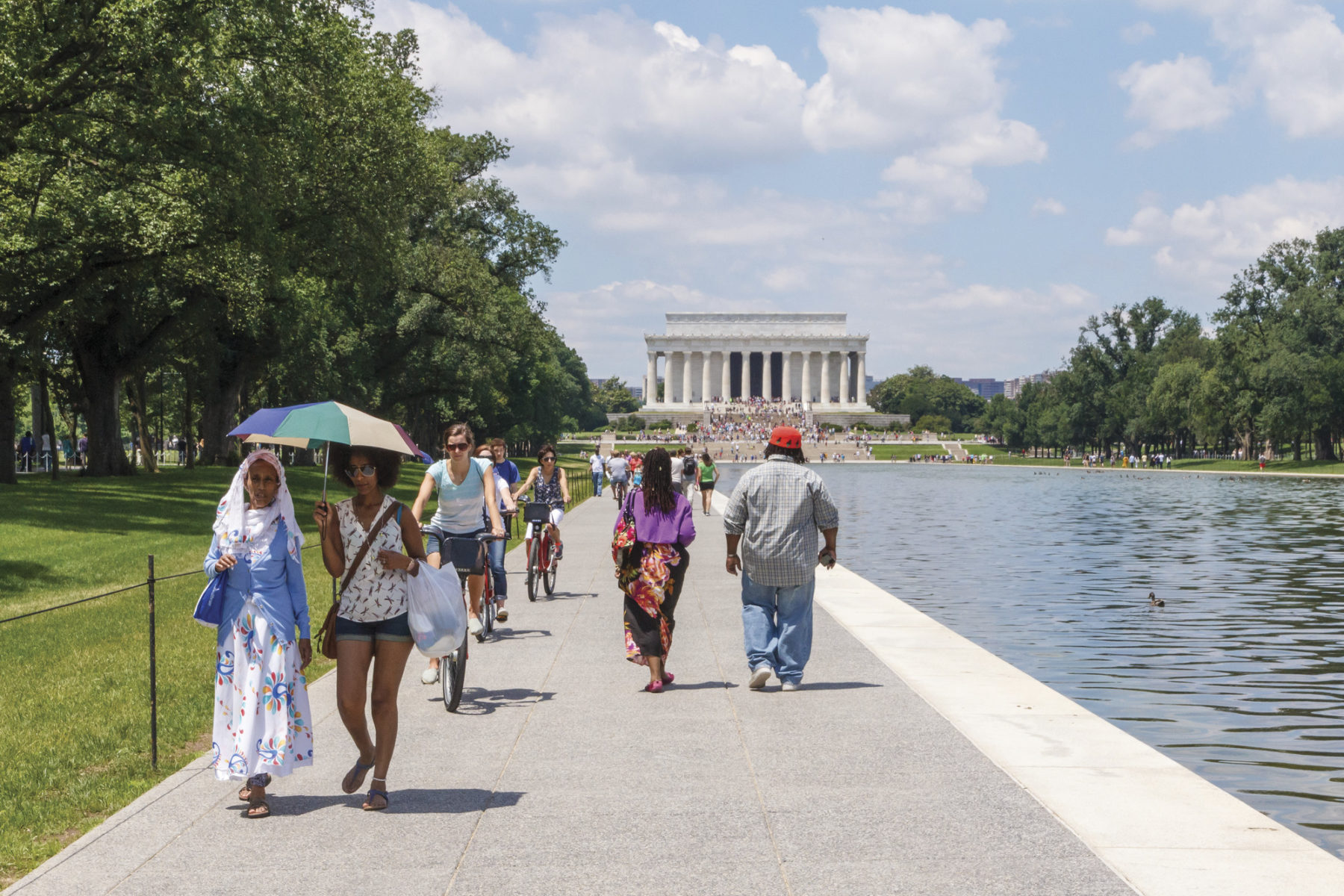
Where there were once well-worn earthen paths, new exposed aggregate concrete paths connect the two memorials and provide an accesible route between them for the first time
Sasaki设计平行于倒影池的新步道以满足每天上千名的游客从林肯纪念堂走到二战纪念碑的需求。倒影池两边的榆树林荫道更新了铺装、座椅以及带有遮挡的LED照明,保存了看向林肯纪念堂与华盛顿纪念碑壮观的倒影效果。Sasaki同时设计了两条新步道形成新的安全屏障,两旁有墙体,往下通至倒影池。墙体与原先的阶地相连而且采用来自纪念堂本身采石场的花岗岩进行建造。倒影池在西部加深作为新的机动车屏障,保存倒影池尽端纪念堂之间视角的开放。
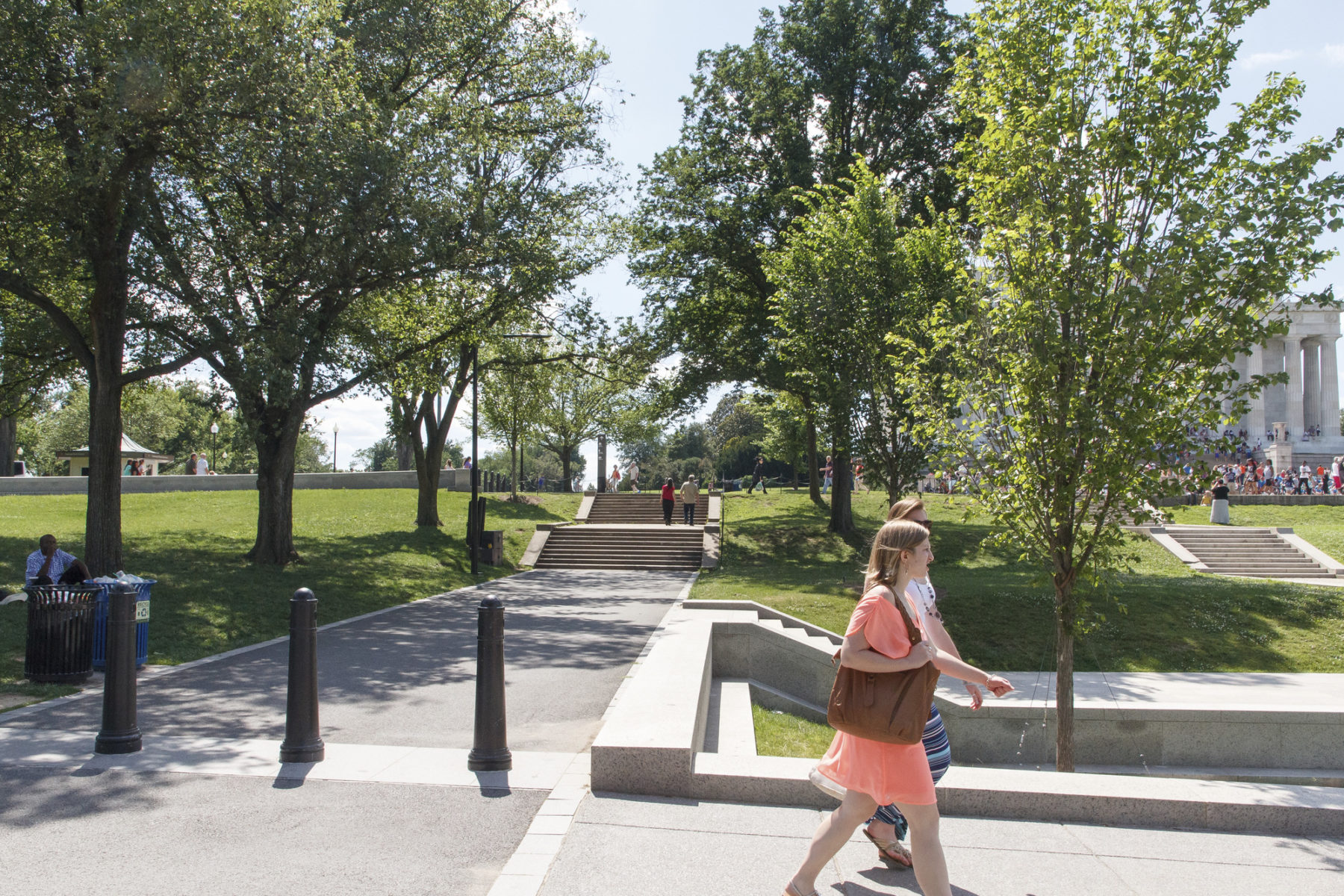
To the left, a curving wall completes the security barrier, bollards cross the Elm Walk, and to the right, lower grades with walls, depress the security line so that it is less visible when viewed from the Reflecting Pool
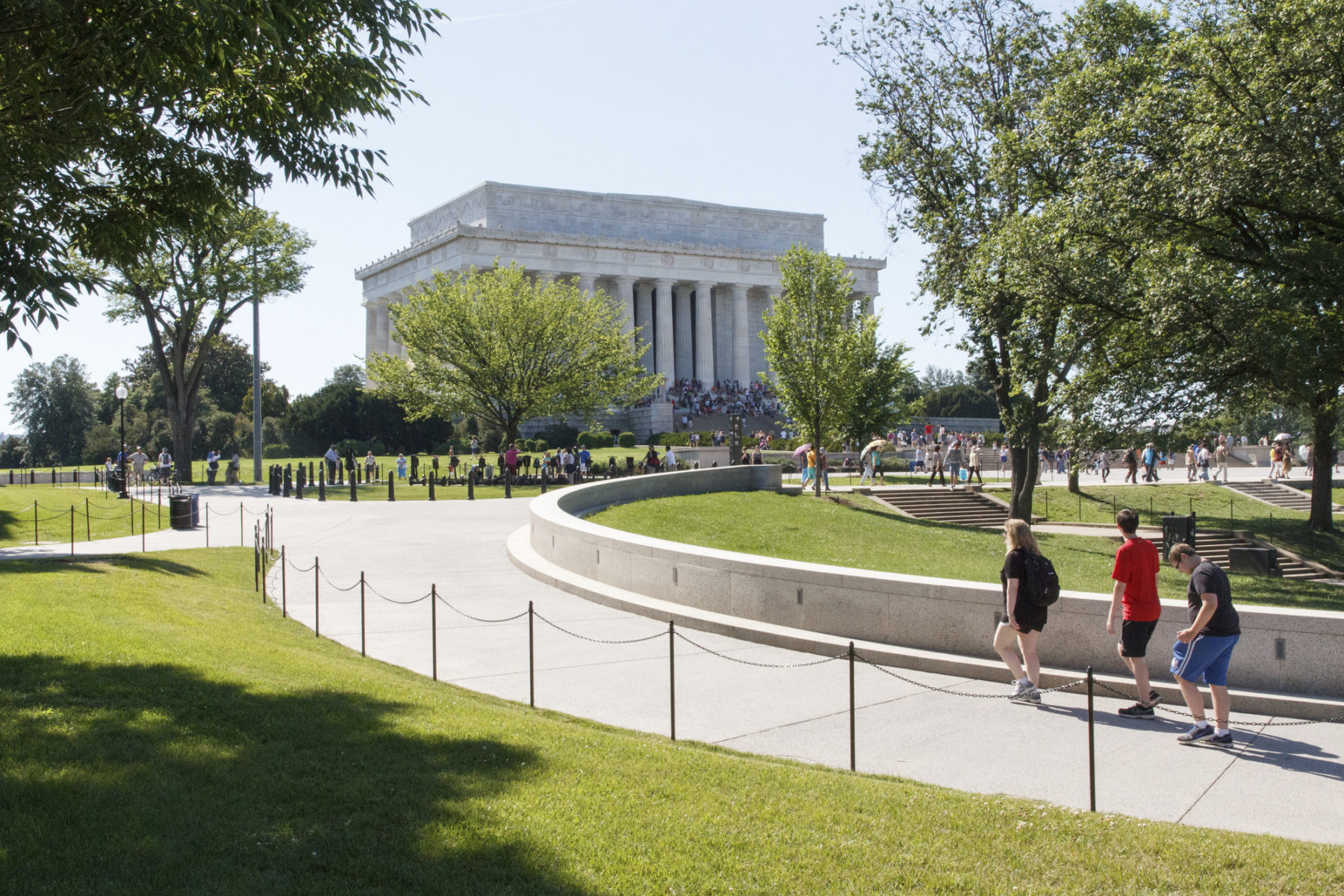
The new accessible routes from the Lincoln Memorial to the Reflecting Pool are symmetrical sloped walks with walls that double as the security barriers on each side. Stone from the original quarry make these appear part of the original design.
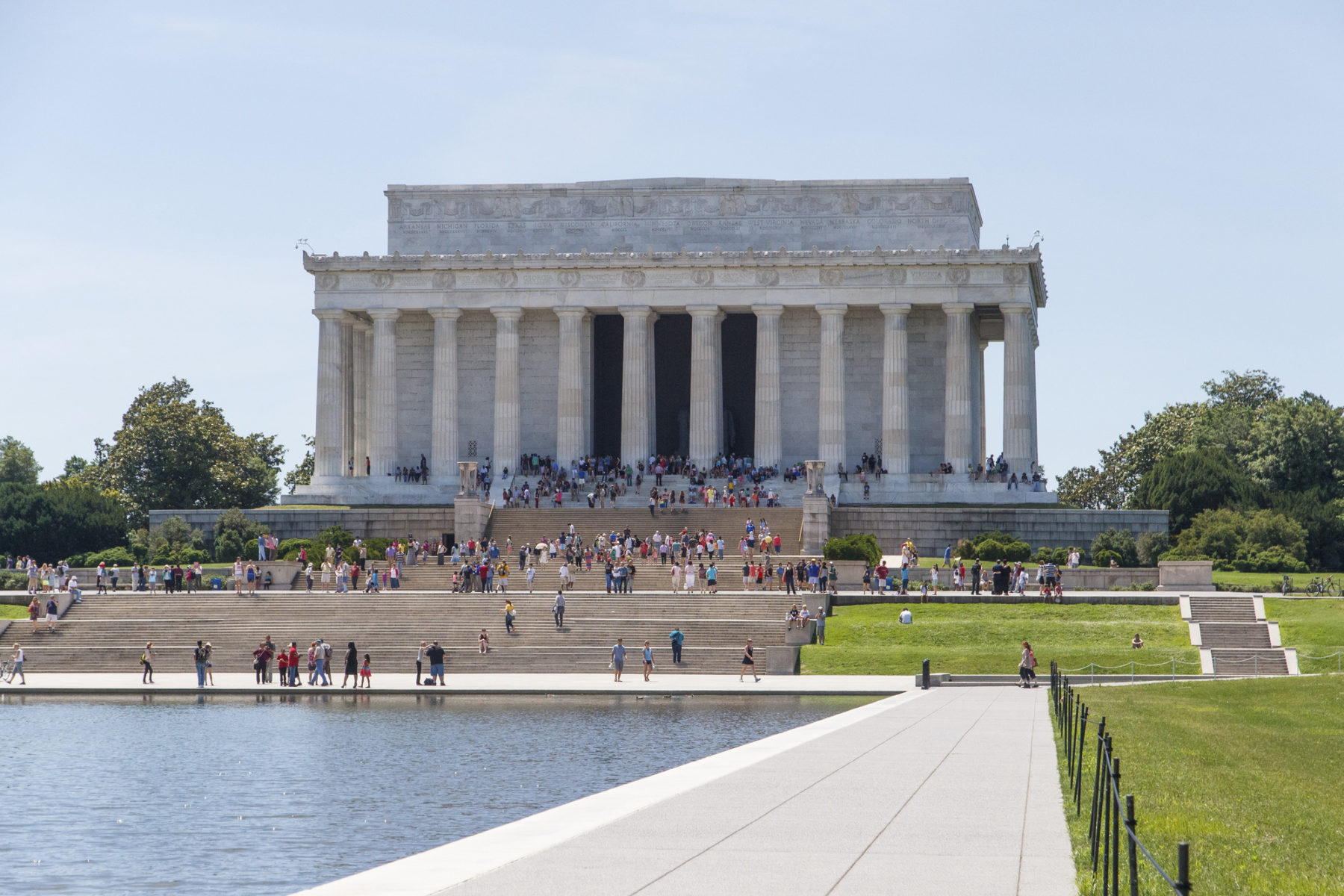
The new security barrier (crash barrier) around the Lincoln Memorial is integrated into a combination of a lowered pool bottom, low walls and grading, and walls along a sloped walk set in sloping topography
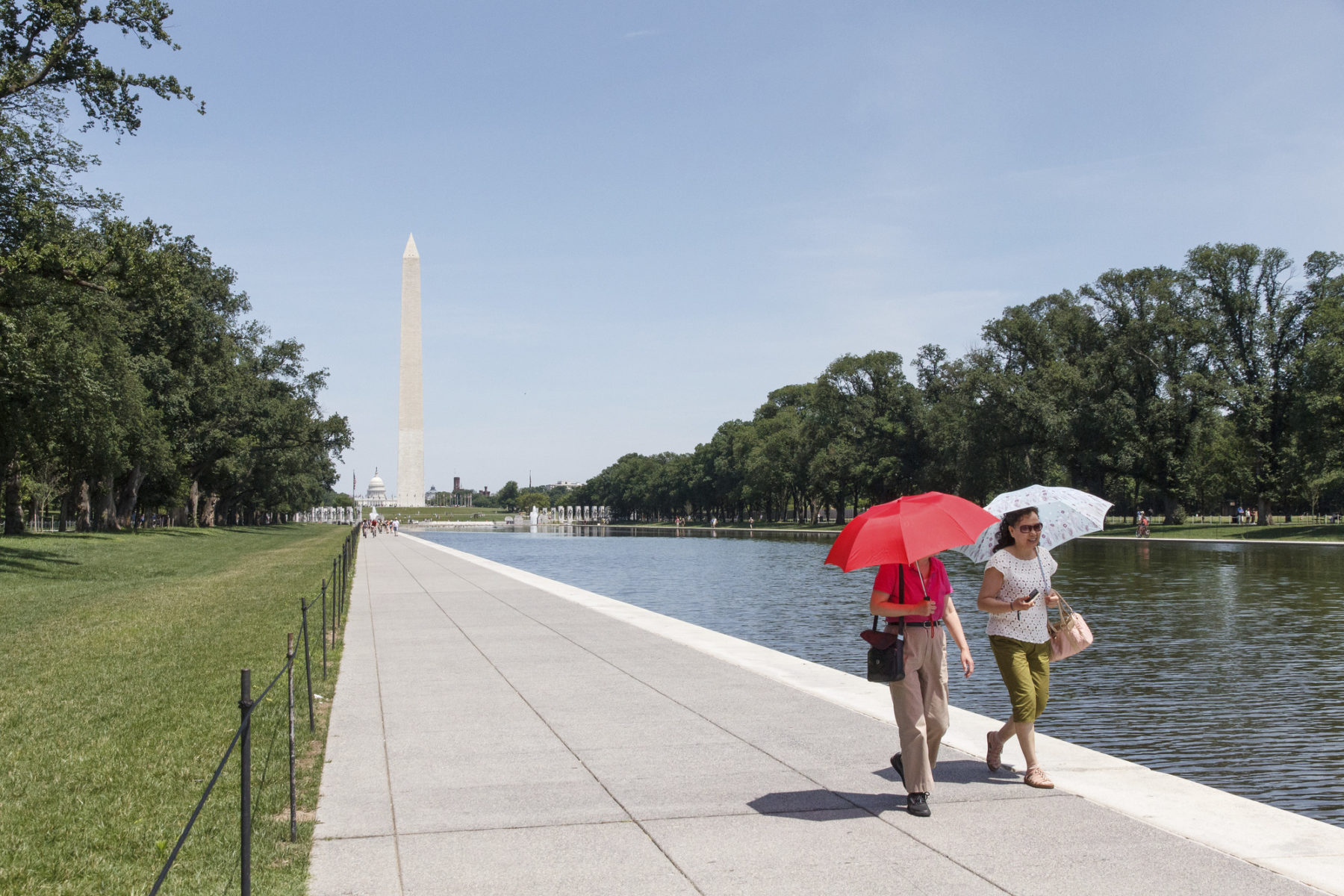
New paths line the Reflecting Pool
The new accessible routes from the Lincoln Memorial to the Reflecting Pool are symmetrical sloped walks with walls that double as the security barriers on each side. Stone from the original quarry make these appear part of the original design.
The new security barrier (crash barrier) around the Lincoln Memorial is integrated into a combination of a lowered pool bottom, low walls and grading, and walls along a sloped walk set in sloping topography
New paths line the Reflecting Pool
Sasaki在初步设计过程中研究了多个方案,以更可持续的方式为倒映池供水。所选用的方案消除了对饮用水的使用,计划从潮汐湖中取水,进行过滤和再循环以改善水质。日常水补给将取自二战纪念碑地下泵房中的集水坑。Sasaki与路易斯伯杰事务所的工程师合作完成了给水规划和基地工程的最终设计。
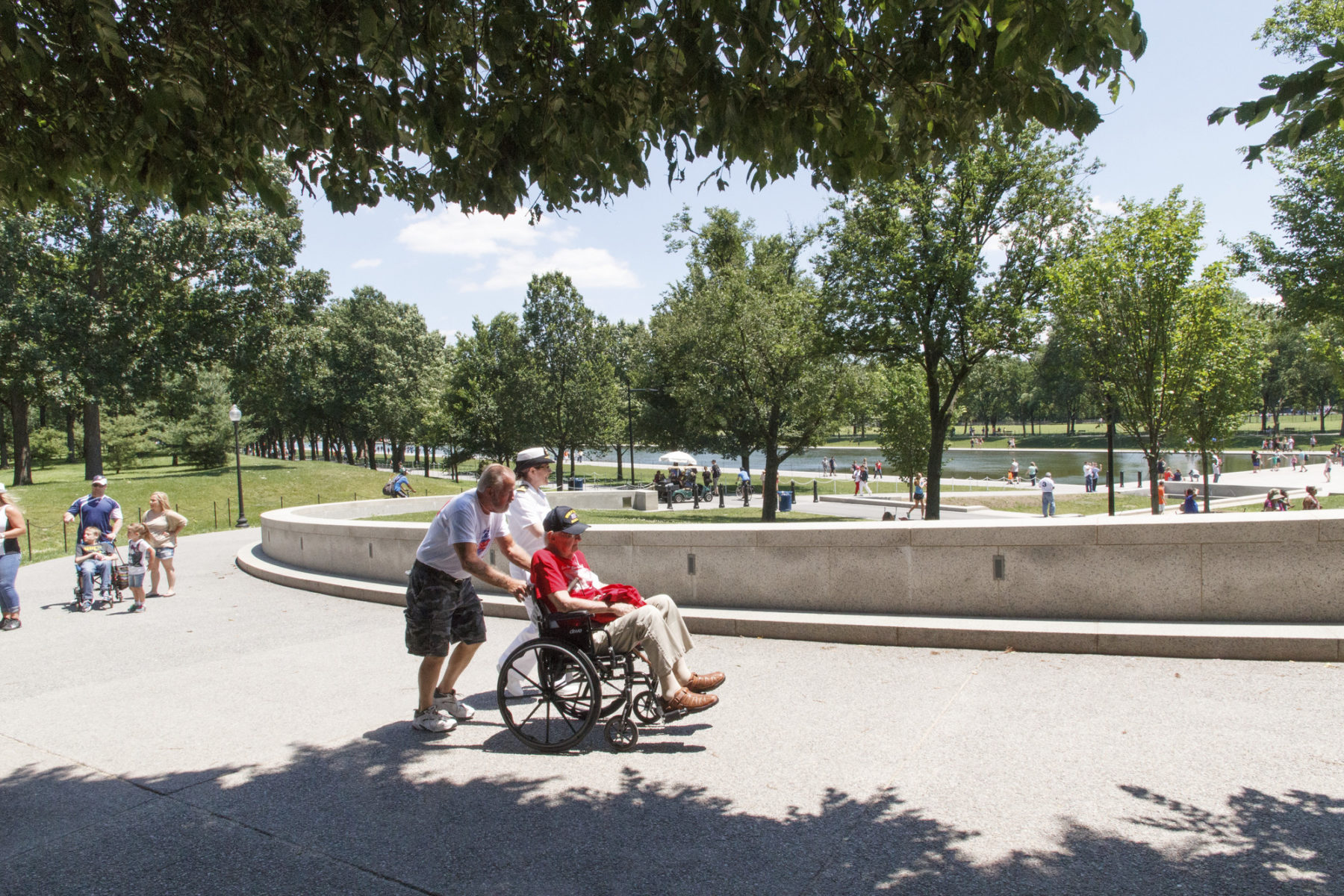
The World War II and Lincoln Memorials attract over 7 million visitors who can now walk between the two memorials on paved accessible routes that are symmetrical additions complimenting the original landscape design for the site
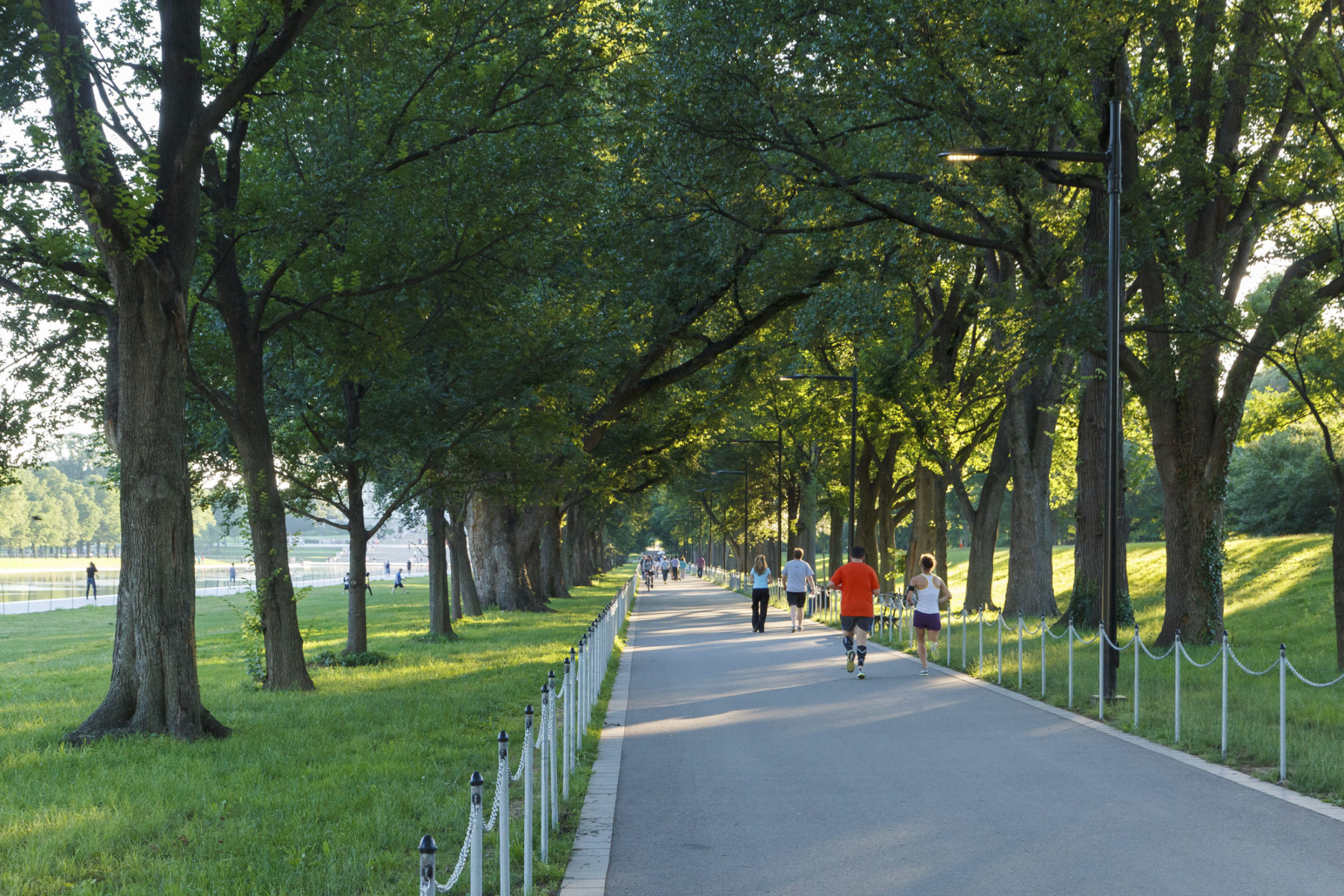
The deteriorated Elm Walks were resurfaced with flush granite curbs to contain new asphalt paving
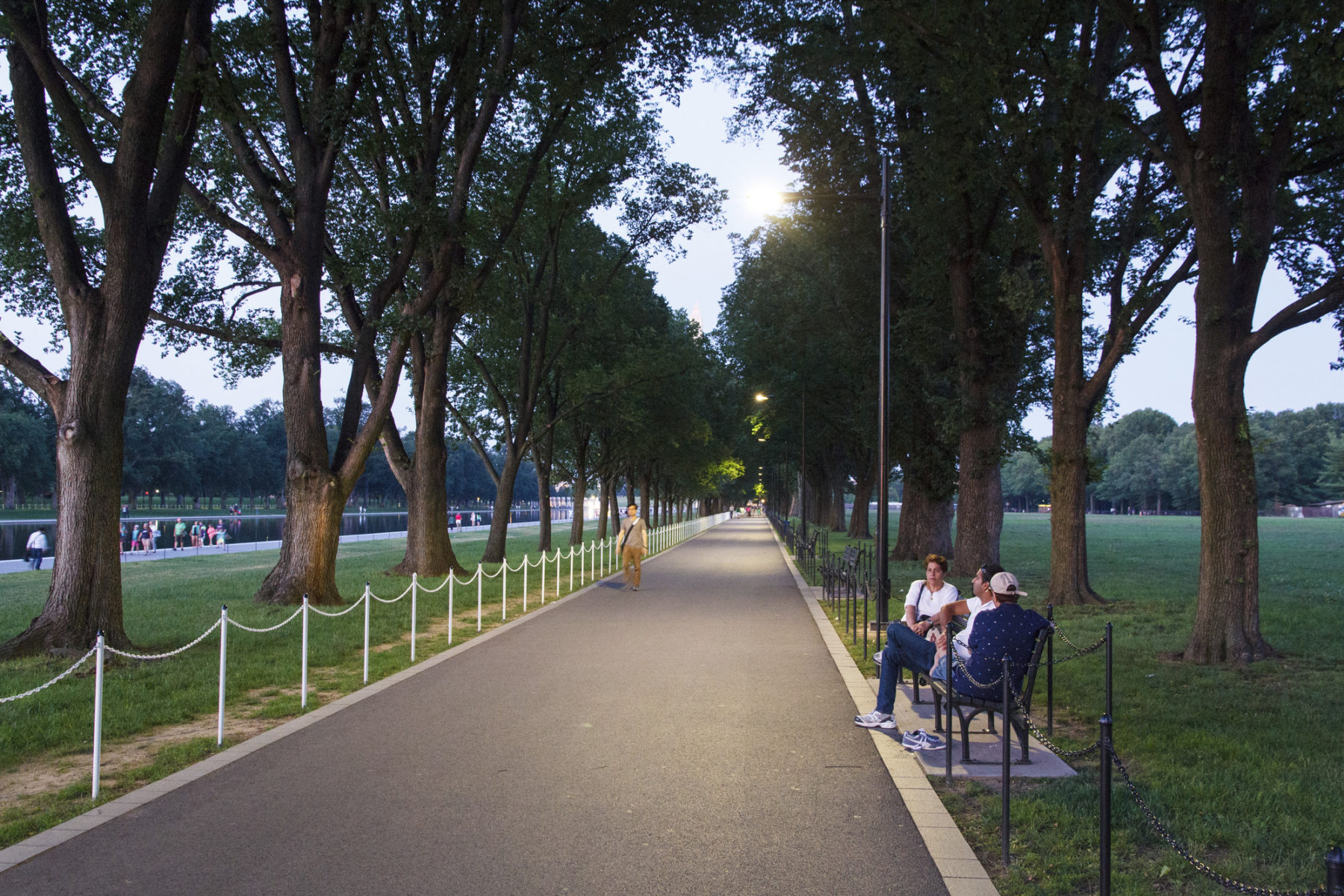
Temporary lighting was removed and new black streamlined LED fixtures aligned with the trees almost disappear from view
这个重大的项目—是美国复兴和再投资法案下, 国家公园管理局发动的全国最大的项目—于2009年开始进行,并于2010年得到艺术委员会、国家首都规划委员会和其它相关部门的通过。Sasaki对三维视觉化图片的运用,与现有基地的照片匹配,帮助审查设计概念以及设计材料和细节,促进了设计的审批通过。施工已于2012年完成。
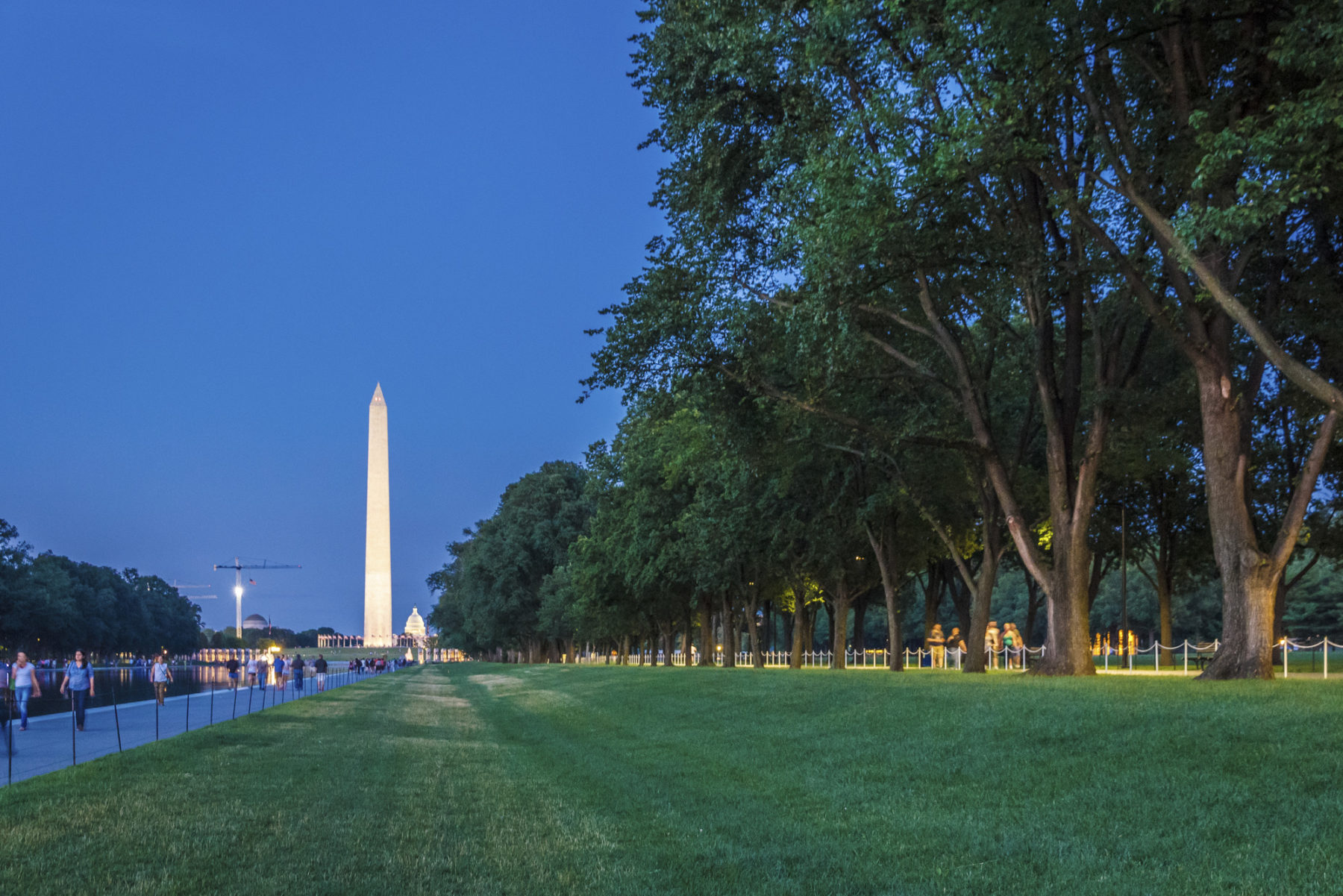
The historic design had no lighting to preserve the reflection. New lighting was required for safety but required carefully controlled baffling to avoid light spill toward the Reflecting Pool.
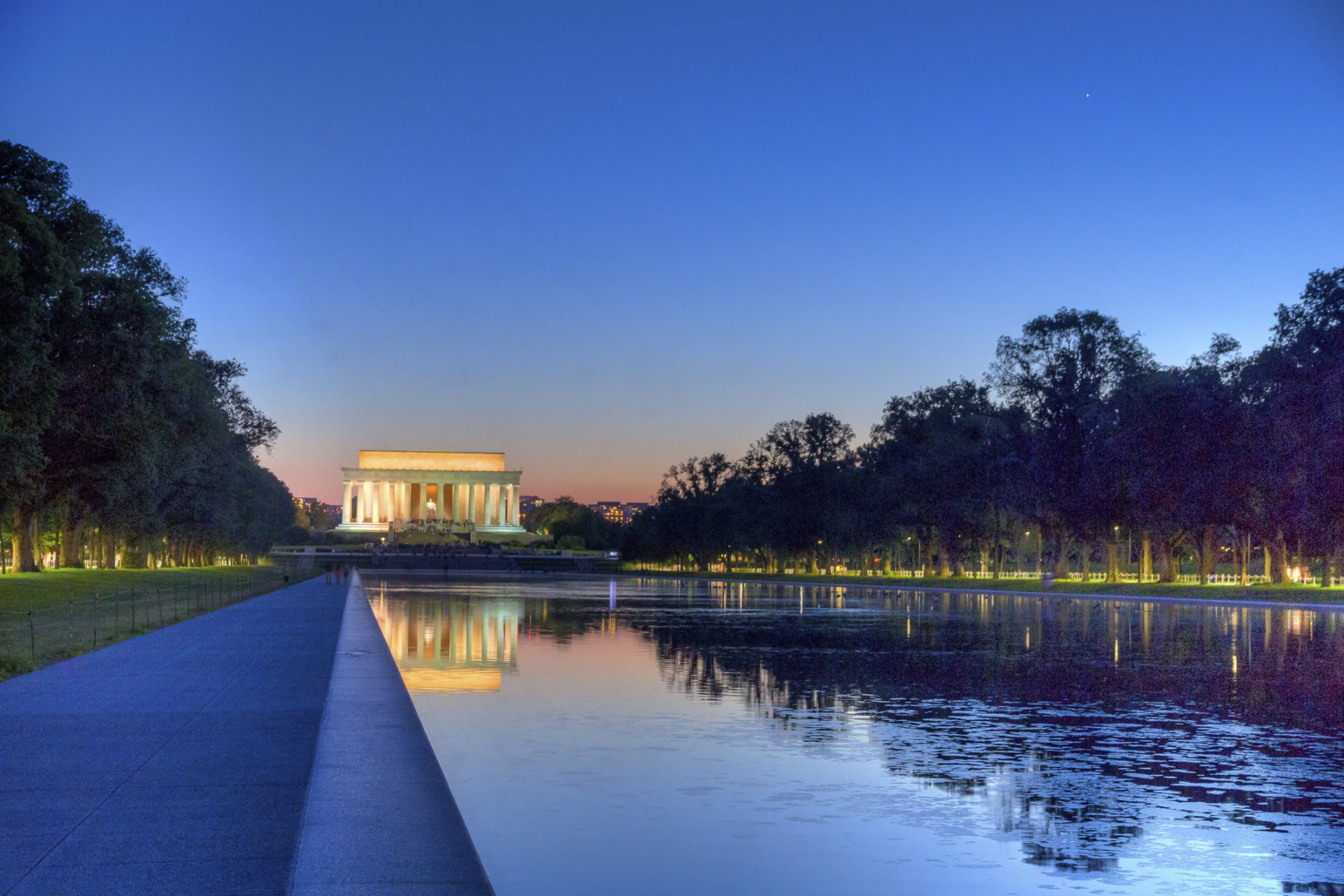
Potable water use is reduced by 21-26 million gallons annually, utilizing the nearby Tidal Basin for the new water supply
想了解更多项目细节,请联系 Alan Ward.